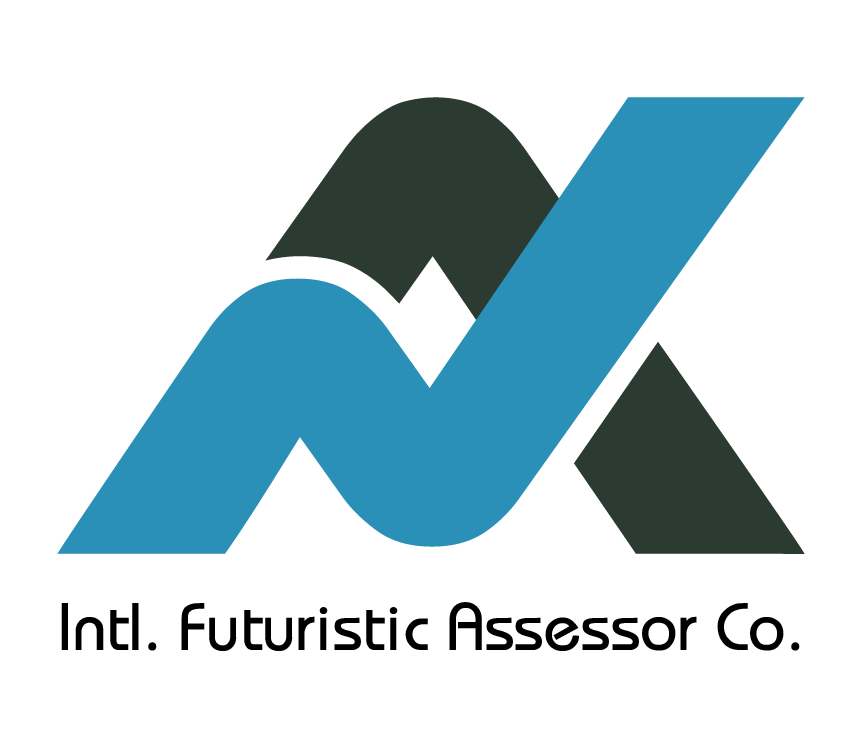management of artificial intelligence
Introduction
ISO 42001 is indeed a standard that focuses on the management of artificial intelligence (AI) systems. It establishes guidelines and requirements for organizations to effectively manage AI technologies, ensuring that they are developed and implemented in a responsible, ethical, and sustainable manner.
The standard emphasizes aspects such as risk management, accountability, transparency, and the alignment of AI systems with organizational goals and stakeholder expectations. It provides a framework for organizations to assess and improve their AI practices, facilitating trust and confidence in AI technologies while also considering ethical implications and compliance with relevant regulations.
For organizations working with AI, adhering to ISO 42001:2023 can help in promoting best practices, enhancing governance, and fostering an environment of continual improvement in AI management.
- Artificial intelligence is a transformational technology and a powerful tool for organizational growth. An ISO/IEC 42001 AIMS certification establishes the transparency, trust and security valued by customers and stakeholders.
- The AIMS standard provides guidelines and mitigates potential risk from the implementation of new AI processes. ISO/IEC 42001 provides a framework and offers guidelines for safe deployment of the technology.
- Future-looking guidance assesses AI’s impact on individuals and groups, the environment, potential misuse, health and safety as well as issues such as fairness, trustworthiness and ethical usage.
Benefits of ISO 42001 Implementation
By implementing ISO 42001 and a process approach, organizations ensure that numerous processes are standardized and managed effectively through identification of process needs and desired outcomes. Some of the benefits of this management system are as below:
- Trustworthy & Responsible AI. Implementing ISO/IEC 42001 ensures ethical and responsible use of artificial intelligence and contributes to thoughtful, conscientious AI practices by establishing guidelines and principles for such use. The standard includes requirements and recommendations for organizations to consider the societal impacts of AI applications and helps align with ethical standards and values. The certification builds trust among stakeholders and addresses concerns related to multiple implications of AI technologies.
- Transparency & Reputation management. ISO/IEC 42001 enhances trust in AI applications and aids in building and maintaining a positive reputation for organizations using AI. By adhering to the standard, companies signal their commitment to responsible AI practices which enhance trust among users, customers and the general public. Demonstrating a dedication to following recognized standards for AI implementation contributes to a positive perception and helps mitigate potential reputational risks associated with AI misuse.
- AI governance. Compliance with legal and regulatory standards is a critical aspect of AI governance. ISO/IEC 42001 provides a structured framework that guides organizations in aligning their AI practices with relevant laws and regulations. This proactive approach helps avoid legal pitfalls thus ensuring that AI systems operate within the boundaries of established legal frameworks. Compliance with ISO/IEC 42001 can be viewed as evidence of an organization’s commitment to meeting legal and regulatory requirements.
- Competitive advantage. Implementing ISO 42001 enables organizations to showcase their early adopter status, demonstrating their commitment to responsible AI use. This can enhance stakeholders’ trust and distinguish the organization from competitors.
- Practical guidance, risk mitigation. ISO/IEC 42001 effectively manages AI-specific risks through comprehensive, practical guidelines and standards. The process helps organizations identify and assess potential risks related to their AI applications and suggests effective management strategies to counter any adverse situations. By addressing AI-specific risks in a systemic and structured manner, organizations can enhance the strength and reliability of their AI systems and build trust among customers and stakeholders.
- Cost savings and improved efficiency. By incorporating ISO 42001’s best practices, organizations can streamline their AI processes, identify and rectify vulnerabilities earlier, and reduce the potential financial and reputational costs associated with AI failures.
- Identifying opportunities. The implementation of the ISO/IEC 42001 standard provides a safe, structured framework for AI innovation. It encourages organizations to explore and pilot AI technologies within defined parameters and fosters a balance between innovation and risk management. By promoting a systemic approach to innovation, ISO/IEC 42001 helps organizations identify and leverage opportunities for improvement and advancement in their AI applications.
When to Apply for Certification
Organizations interested in ISO 42001 standard certification should prepare the documentation structure in accordance with the requirements of the standard and provide adequate and appropriate evidence of the implementation of these requirements.
Since in certification contract, a specific period of time is defined for conducting the third party audit at the organization’s site, the organization has to ensure the availability of the followings as a minimum:
- Scope of AI management system and related operational sites
- Process map, interactions and sequence of business processes (implementation of a process approach)
- Legal and regulatory requirements related to the AI systems design, development and deployment, if any
- AI risk assessment files including assessing impacts of AI system and relevant controls
- Effective communication with all interested parties including customers, suppliers, third parties and partners while designing, developing or deploying AI system at any stage of its life cycle
- Internal audit and management review records
An Overview of ISO 42001 Requirements
ISO 42001 is based on the implementation of the PDCA methodology (Plan-Do-Check-Act). In addition, process approach is used to document and revise organizational structure, responsibilities and procedures required to achieve an efficient AI management system. Certain sections of the standard contain information on many titles, including:
- Leadership: Top management should demonstrate leadership and commitment to the AI management system (AIMS) and establish policies and objectives that are consistent with the organization’s strategic direction.
- Planning: Identify and assess risks and opportunities associated with AI and develop a plan to address them.
- Support: Provide resources and support for the AIMS, including training, awareness, and communication.
- Operation: Establish processes and procedures for the development, deployment, and maintenance of AI systems.
- Performance evaluation: Monitor, measure, analyze, and evaluate the performance of AI systems and take corrective actions when necessary.
- Continual improvement: Continually improve the AIMS, and ensure that it remains relevant and effective. Measurement, Analysis and Improvement.

